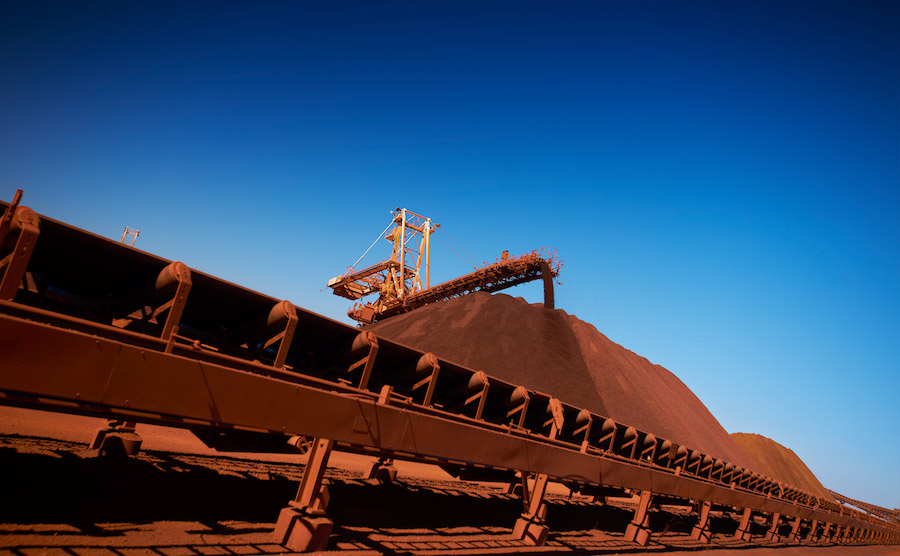
The world’s biggest miner, BHP (NYSE: BHP), published risk assessment results on Friday that revealed five of its tailings dams that would be at “extreme risk” of damage to local environments and harm to nearby residents if they failed, the Financial Times reported.
The Australian miner released risk assessment results in response to pressure from a group of investors that requested information on facilities controlled by nearly 700 mining companies be disclosed.
The Sydney Morning Herald reported that BHP told investors that 32 of its 67 tailing dams around the world, which hold sometimes dangerous mining by-products were ‘high risk’ or worse under Canadian Dam Association dam safety classifications.
The Investor Mining & Tailings Safety Initiative in April requested that over 600 resource companies, including major miners, reveal the safety records of their waste storage facilities, following the collapse of Vale’s Brumadinho dam in Brazil in January, which killed hundreds.
Following the disaster, a group of 96 institutional investors, representing more than $10.3 trillion assets under management, to 683 extractive companies seeking greater disclosure on the management of tailings storage facilities.
About 100 investors, led by the Church of England Pensions Board and Sweden’s public pension fund, requested that the companies to publish the answers to 20 questions sent, covering issues such as the height and type of dams they have, their capacity, engineering records and safety checks.
Industry group the International Council on Mining and Minerals (ICMM) said in March it was working with the United Nations Environment Programme (UNEP) and the Principles for Responsible Investment (PRI) to develop new standards.
BHP said it is establishing a dedicated tailings task force focused on internal dam management and development of international best practice.